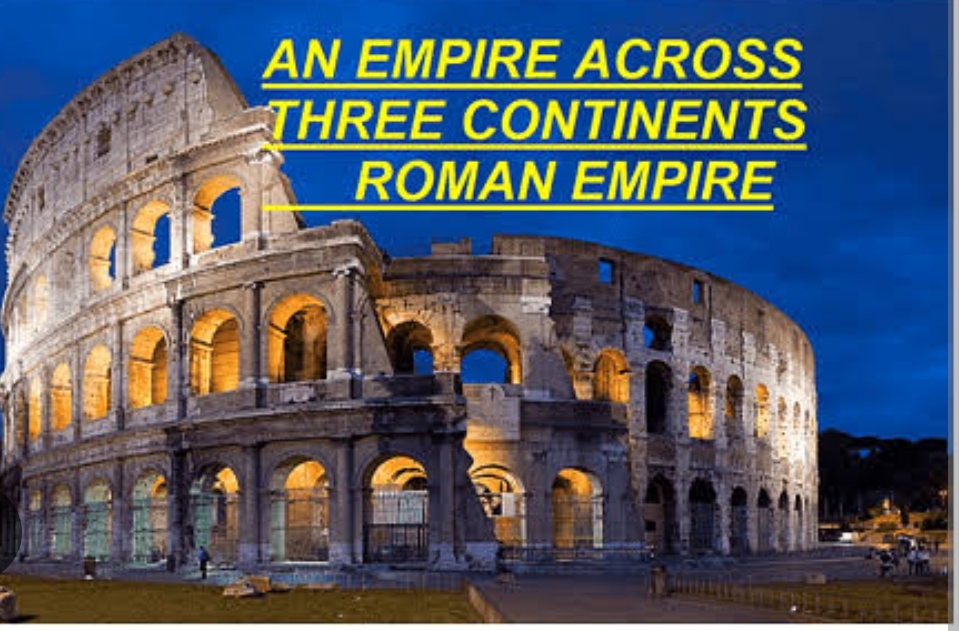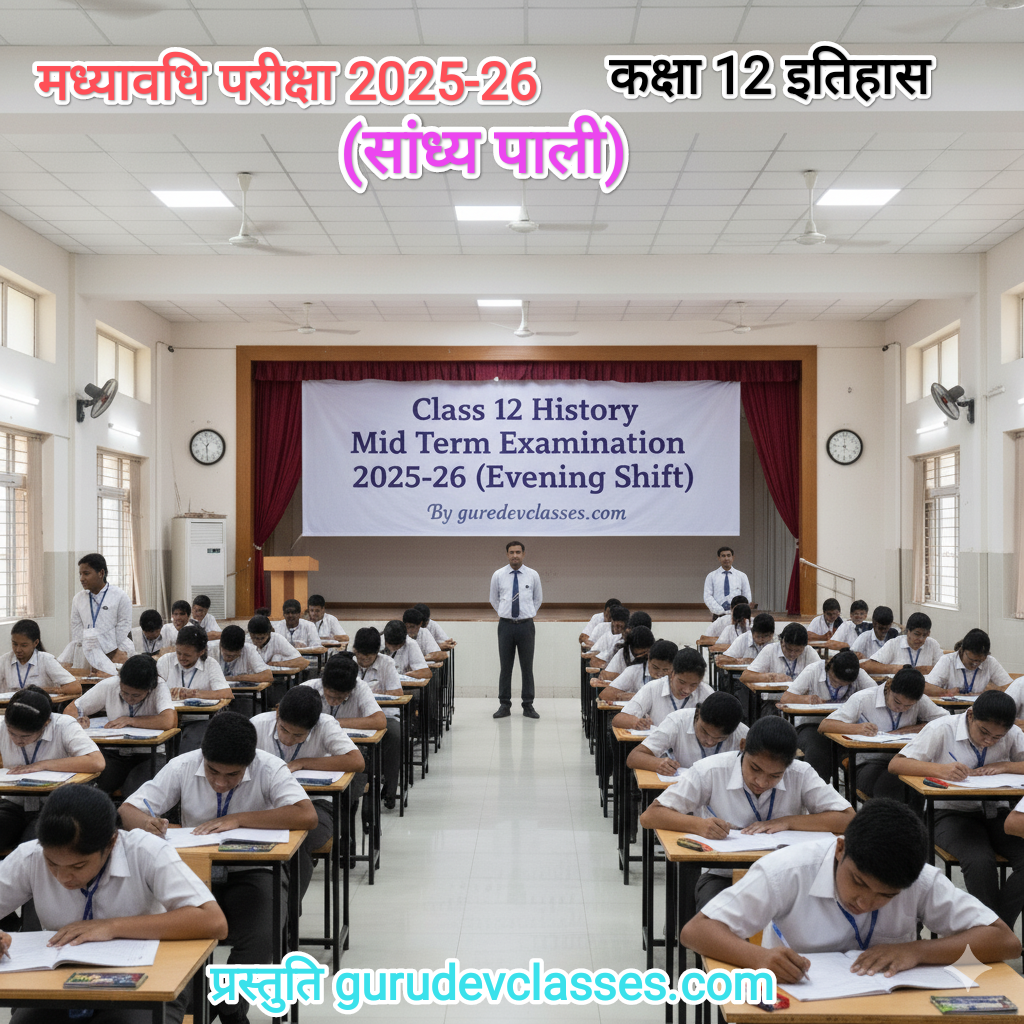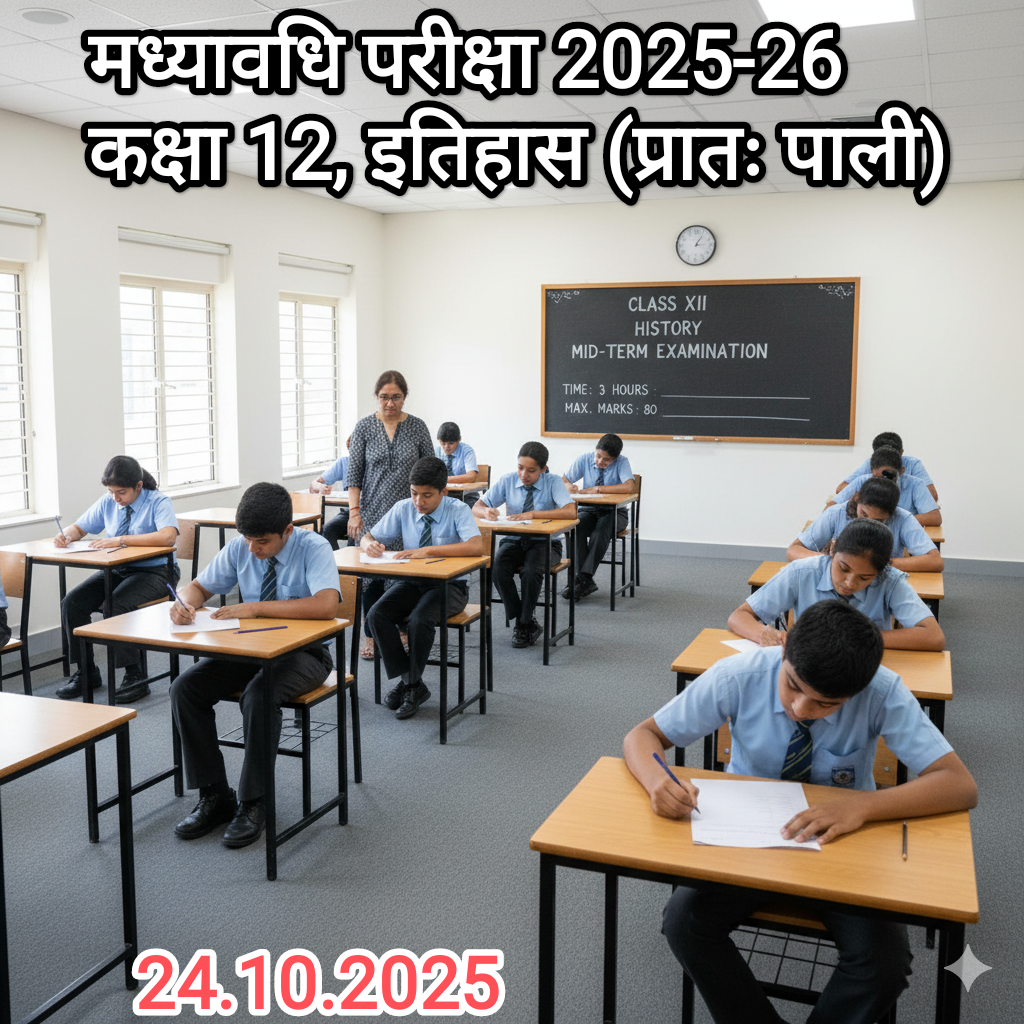Q1.Who was the first Roman Emperor?
A. Julius Caesar
B. Augustus 👉
C. Nero
D. Tiberius
Q2. The Roman Empire was divided in which year?
A. 395 CE 👉
B. 476 CE
C. 313 CE
D. 410 CE
Q3. What was the official language of the Roman Empire?
A. Greek
B. Latin 👉
C. Aramaic
D. Arabic
Q4. What type of government did Rome have before the Empire?
A. Monarchy
B. Republic 👉
C. Democracy
D. Theocracy
Q5. The Roman Empire spanned across which continents?
A. Asia and Europe
B. Africa, Asia, and Europe 👉
C. Europe and North America
D. Asia and Africa
Q6. What was the central city of the Roman Empire?
A. Constantinople
B. Athens
C. Rome 👉
D. Alexandria
Q7. What was the main unit of Roman army?
A. Brigade
B. Legion 👉
C. Battalion
D. Squadron
Q8. The eastern capital of the Roman Empire was:
A. Rome
B. Milan
C. Byzantium 👉
D. Naples
Q9. Who assassinated Julius Caesar?
A. Nero
B. Marcus Aurelius
C. Brutus and others 👉
D. Augustus
Q10. The Roman emperor who converted to Christianity was:
A. Augustus
B. Constantine 👉
C. Nero
D. Tiberius
Q11. Roman citizenship was granted to all free inhabitants by:
A. Augustus
B. Caracalla 👉
C. Nero
D. Diocletian
Q, 12. The Roman Senate was a:
A. Monarchical body
B. Religious group
C. Political advisory body 👉
D. Military body
Q13. The main economic activity of Roman society was:
A. Trade
B. Manufacturing
C. Agriculture 👉
D. Banking
Q14. What is ‘Pax Romana’?
A. Roman religion
B. Roman law
C. Period of peace 👉
D. Roman civil war
Q15. Slavery in Rome was based on:
A. Caste
B. War captives 👉
C. Race
D. Wealth
Q16. Roman Emperor Nero is famous for:
A. Building cities
B. Setting Rome on fire 👉
C. Writing books
D. Expanding empire
Q 17. In which year did Western Roman Empire fall?
A. 400 CE
B. 395 CE
C. 476 CE 👉
D. 410 CE
Q18. What was the Roman legal system called?
A. Civil law 👉
B. Common law
C. Customary law
D. Vedic law
Q19. Who wrote the epic “Aeneid” glorifying Roman history?
A. Homer
B. Virgil 👉
C. Horace
D. Cicero
Q20. The main source of Roman taxation was:
A. Land tax 👉
B. Salt tax
C. Wealth D. War Spoils v Q21. What was the name of the Roman silver coin? A. Dinar
B. Sesterce
C. Denarius 👉
D. Solidus
Q22. Who wrote ‘Natural History’, an encyclopedia of Roman knowledge?
A. Pliny the Elder 👉
B. Cicero
C. Tacitus
D. Virgil
Q23. Which river marked the eastern boundary of the Roman Empire?
A. Nile
B. Euphrates 👉
C. Ganges
D. Rhine
Q,24. What were Roman roads primarily built for?
A. Trade
B. Tourism
C. Military movement 👉
D. Religion
Q25. The city of Byzantium was later renamed as:
A. Milan
B. Athens
C. Constantinople 👉
D. Alexandria
Q26. The most powerful and wealthy class in Roman society was:
A. Plebeians
B. Slaves
C. Patricians 👉
D. Freedmen
Q27. Which emperor is known for dividing the Roman Empire into eastern and western parts?
A. Augustus
B. Nero
C. Diocletian 👉
D. Caligula
Q28. What were large agricultural estates in the Roman Empire called?
A. Villas
B. Latifundia 👉
C. Domus
D. Castles
Q29. What was the main reason for the decline of the Western Roman Empire?
A. Strong economy
B. Barbarian invasions 👉
C. Scientific progress
D. Expansion of trade
Q30. What was the name of the Roman arena for gladiator fights?
A. Circus Maximus
B. Pantheon
C. Colosseum 👉
D. Forum
Q31. Roman law was compiled under which emperor?
A. Augustus
B. Justinian 👉
C. Nero
D. Trajan
Q32. Who were the Roman tribunes?
A. Military commanders
B. Slave traders
C. Representatives of plebeians 👉
D. Landowners
Q33. The language used in the Eastern Roman Empire was:
A. Latin
B. Greek 👉
C. Syriac
D. Persian
Q34. What term described the Roman peace and stability?
A. Pax Augusta
B. Pax Romana 👉
C. Lex Romana
D. Roma Justitia
Q35. What was the main feature of Roman aqueducts?
A. Military shelter
B. Water supply 👉
C. Road construction
D. Religious worship
Q36. Which Roman historian wrote ‘Annals’ and ‘Histories’?
A. Cicero
B. Tacitus 👉
C. Virgil
D. Ovid
Q37. Which term refers to the Roman working-class farmers?
A. Plebeians 👉
B. Patricians
C. Gladiators
D. Legionaries
Q38. What were Roman provinces governed by?
A. Emperors
B. Senators
C. Governors 👉
D. Generals
Q39. The Roman Empire reached its greatest territorial extent under:
A. Nero
B. Trajan 👉
C. Augustus
D. Constantine
Q40. In the Roman army, centurions were:
A. Workers
B. Slaves
C. Commanders 👉
D. Engineers
Q41. The Romans called the Mediterranean Sea as:
A. Mare Internum
B. Mare Nostrum 👉
C. Aqua Magna
D. Mare Europa
Q42. Roman religion before Christianity was:
A. Monotheistic
B. Polytheistic 👉
C. Atheistic
D. Judaism
Q43. Who was the Roman goddess of love?
A. Minerva
B. Venus 👉
C. Diana
D. Juno
Q44. What was a “toga” in Roman culture?
A. Weapon
B. Robe worn by citizens 👉
C. Helmet
D. Coin
Q45. Which Roman general invaded Britain in 43 CE?
A. Caesar
B. Augustus
C. Claudius 👉
D. Nero
Q, 46. Which Roman philosopher was a tutor to Nero?
A. Seneca 👉
B. Cicero
C. Virgil
D. Marcus Aurelius
Q47 Which material were Roman roads primarily made of?
A. Brick
B. Sand
C. Stone 👉
D. Clay
Q48. he collapse of Western Roman Empire led to:
A. Industrial age
B. Renaissance
C. Medieval Period (Dark Ages) 👉
D. Modern era
Q49. Roman Empire’s official religion became Christianity under:
A. Diocletian
B. Constantine 👉
C. Augustus
D. Hadrian
Q50. Which city became capital of Eastern Roman Empire?
A. Rome
B. Carthage
C. Constantinople 👉
D. Alexandria







